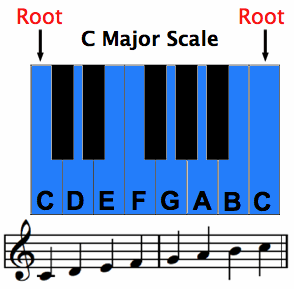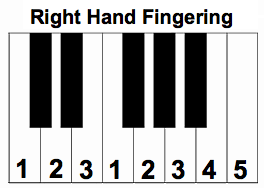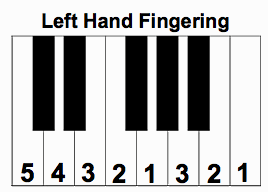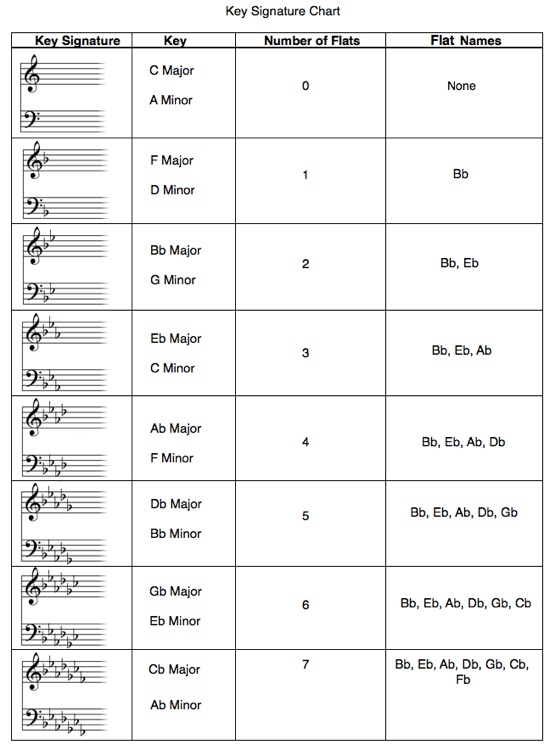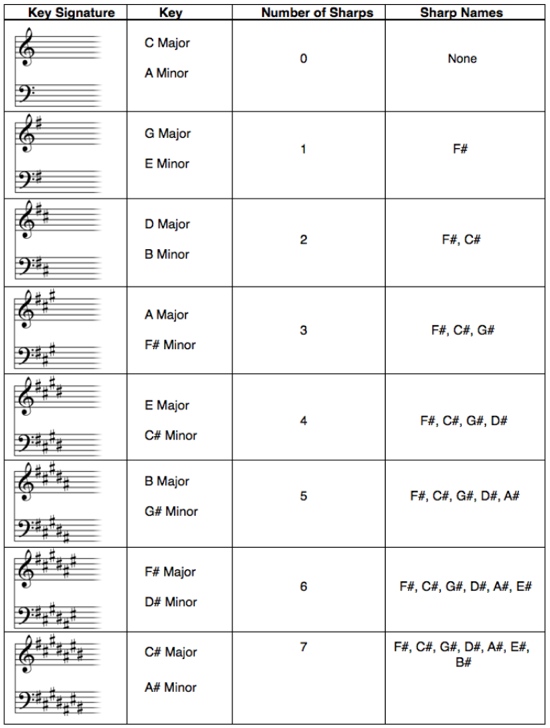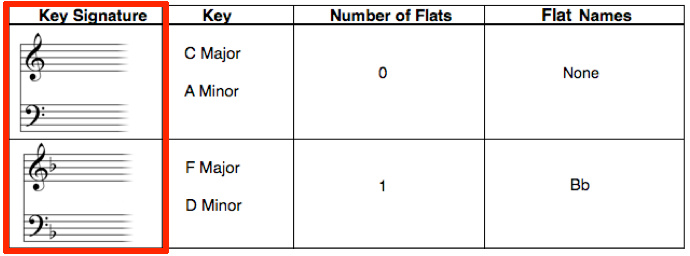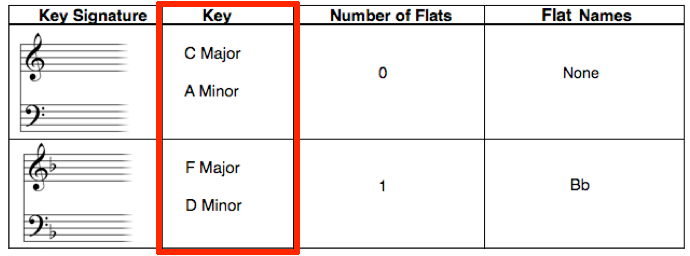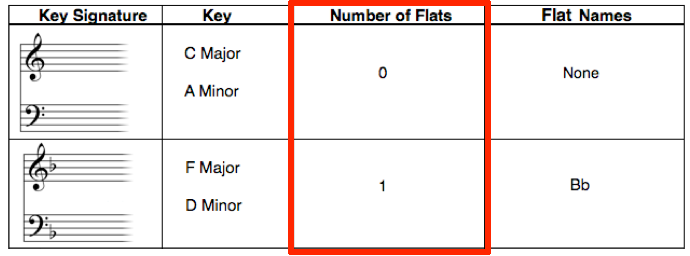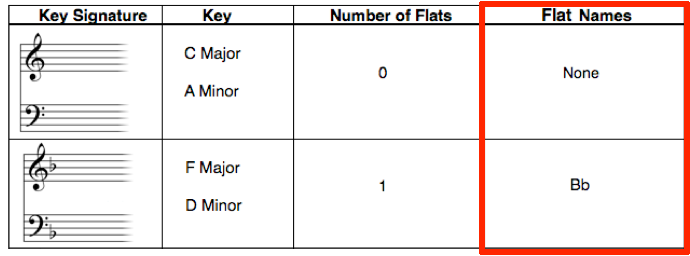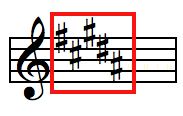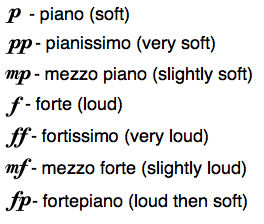One thing that most musicians over-look is the power of Ear Training. Why would you want to take time away from your practicing to focus on your ear?
Taking time to learn intervals, chords, and relative pitch are essential to mastering an
instrument.
To train your ear you need to understand the importance of
why to train your ear.
If you know what a note is just from hearing it without having to pluck at the keys to find the note will speed up your learning.
It can also help you with transposing from one key to another. If you know the intervals of a melody than you can play that melody in any key because you know the distance of the notes.
Training
In order to train your ear you need to focus on a couple of areas to make your training as affective as possible.
Musical Intervals allows the musician to recognize the the distance between the notes. This is helpful because if you know the distance between the notes then you will know what to play even though you might not have music in front of you.
Interval Training is important to implement into your daily practice for at least 20 to 30 minutes. If you do this every day you will be surprised on how well you be able to play that song you on the radio that you love.
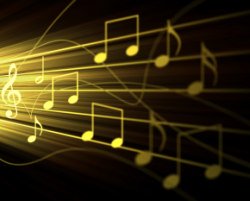
Perfect Pitch Vs. Relative Pitch
Here is a long debated issue between musicians. Can you really learn Perfect Pitch?
Perfect Pitch is being able to recognize a note without having any kind of reference note. This means that if I played for you a note that you could tell me what note it was without any help from an instrument. Not many people have this talent. I think I know one person who can do this.
Most musicians have Relative Pitch. Relative pitch means you if I played you a note you could tell me what it was if I played another note and told what it was.
So if I played you a G and told you what it was then I played a Bb you could tell me that note was a Bb.
Being able to do this is difficult but it can be done with practice. Ear Training Software
There are many different types of software out there that can help you train your ear. They have multiple Ear Training Exercises that help you develop your ear.
This is how I practice training my ear. I try and take 30 minutes per day to work on this. When I first started doing ear training program on the computer I noticed that I could recognize notes and chords easily and it makes my playing much better.
Conclusion
If you are wanting to play music by ear or play the piano by ear then you defiantly need to take the time to work on your ear. Even if you just want to play by reading notes you still need to work on your ear.
One thing that musicians forget to do is work on training their ear. but if you went through a music program at a college they would focus on this for almost half of your classes.
So make sure you take the time to work on your ear. I promise you won’t regret it.


